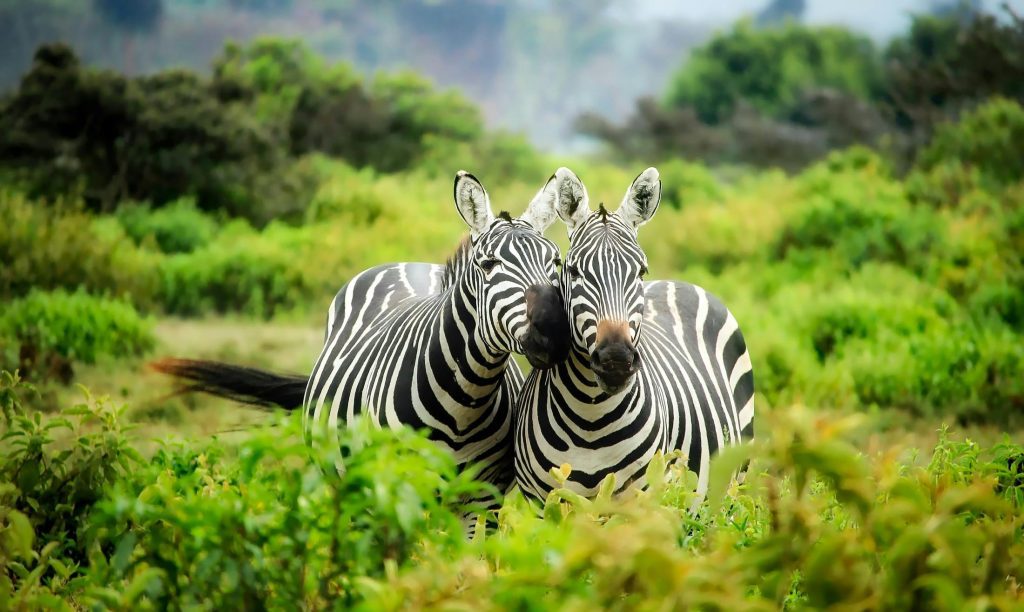Every year on March 3rd, the world comes together to celebrate World Wildlife Day—a day dedicated to raising awareness about wildlife and the urgent need to protect it.
This global event reminds us that our planet’s animals and plants are not just beautiful; they are essential to our survival.
But here’s the truth: wildlife is in danger.
Species are disappearing faster than ever due to habitat loss, climate change, and illegal wildlife trade. So, what can we do?
In this article, we’ll take a look into why World Wildlife Day is important, what’s happening to wildlife today, and how we can take action to protect it.
What Is the World Wildlife Day?
World Wildlife Day was created by the United Nations in 2013 to point out the importance of protecting wild animals and plants.
It marks the anniversary of the Convention on International Trade in Endangered Species of Wild Fauna and Flora (CITES), signed on March 3, 1973.
CITES plays a key role in regulating international wildlife trade to ensure species are not exploited to extinction.
Why Does World Wildlife Day Matter?
Wildlife is more than just something to admire—it plays a critical role in our ecosystems:
- Pollination & Food Production: Bees, birds, and other animals help plants grow by spreading pollen, which supports food production.
- Climate Regulation: Forests and oceans absorb carbon dioxide, reducing global warming.
- Medical Discoveries: Many medicines come from plants and animals, including treatments for cancer and heart disease.
However, human activities threaten these natural systems, making World Wildlife Day an important moment to focus on solutions.
Theme of World Wildlife Day 2025: “Investing in Wildlife Conservation”
Each year, World Wildlife Day has a theme that reflects current environmental challenges. The theme for 2025 is “Investing in Wildlife Conservation: Protecting Nature for the Future.”
What does this even mean?
This theme really hammers home the urgent need for financial investments in conservation.
This includes:
- Funding protected areas like national parks and wildlife reserves.
- Supporting anti-poaching efforts to stop illegal wildlife trade.
- Helping local communities who depend on wildlife for their livelihoods.
Without proper funding, conservation efforts will fail, and many species could vanish forever.
The Current State of Wildlife: How Bad Is It?
Wildlife is disappearing faster than ever. According to the United Nations, over 1 million species are at risk of extinction.
The main causes?
1. Habitat Loss:
Forests, wetlands, and grasslands are being cleared for agriculture, cities, and roads.
Over 80% of land animals need forests to survive, and deforestation destroys their homes.
2. Climate Change:
Rising temperatures, extreme weather, and changing seasons affect wildlife:
- Polar bears struggle as ice melts.
- Coral reefs die due to warmer oceans.
- Birds and insects migrate at the wrong times, affecting ecosystems.
3. Illegal Wildlife Trade:
Animals like rhinos, elephants, and pangolins are killed for their horns, tusks, and scales.
This trade is worth billions of dollars, and all it does is push species toward extinction.
4. Pollution:
Plastic waste, chemicals, and oil spills poison rivers, oceans, and land, harming animals that eat or get trapped in waste.
How Can You Celebrate World Wildlife Day?
Even small actions can make a big impact. Here’s how you can get involved:
1. Learn & Spread Awareness:
- Watch documentaries like “Our Planet” and “The Ivory Game.”
- Follow conservation groups like WWF, IUCN, and CITES.
- Share facts about endangered species on social media.
2. Reduce Your Impact:
- Use less plastic. Bring reusable bags, bottles, and straws.
- Support sustainable brands. Buy products that don’t harm wildlife.
- Eat responsibly. Choose food that doesn’t contribute to deforestation.
3. Support Conservation Efforts:
- Donate to wildlife organizations or adopt an endangered animal.
- Sign petitions to protect wildlife and fight illegal trade.
- Join community cleanups to remove waste from natural areas.
4. Visit Wildlife Safely:
If you visit national parks or wildlife areas:
- Don’t disturb animals. Keep a safe distance.
- Choose ethical tourism companies. Avoid places that exploit animals.
- Follow park rules. Don’t litter or damage the environment.
In Conclusion
World Wildlife Day is a reminder that our choices affect wildlife. The threats are real, but so are the solutions.
If we invest in conservation, respect nature, and take small steps, we can protect wildlife for future generations.
So, how will you celebrate World Wildlife Day this year? Let’s work together to create a world where nature thrives, not disappears.
